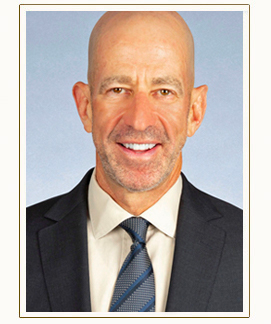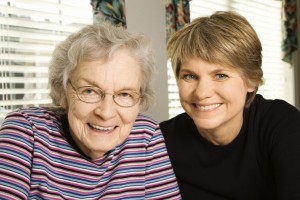This week’s guest blogger is Leslie Josel, a nationally recognized expert on chronic disorganization and hoarding issues. Leslie has appeared on several episodes of TLC’s hit television show, “Hoarding: Buried Alive,” the Cooking Channel’s television special, “Stuffed: Food Hoarders,” “dLife-TV” and the nationally syndicated “The Better Show” as an organizing expert. She is frequently quoted in mainstream news media such as MORE Magazine, Better Homes and Gardens, New York’s Daily News, Westchester magazine and other print media.
Losing a parent is difficult for anyone. But when you live thousands of miles away from your parents’ home and you are responsible for clearing out and selling it, the task can seem overwhelming. How are you going to take off work or leave your family? How are you going to be able to afford the multiple trips it might take to accomplish the clean out? Where do you even begin finding the resources you will need in a city that you don’t live in? By hiring a “transitions” or estate clearing company that works virtually. Yes, virtual is the answer! Let me take you through the anatomy of a virtual clean out.
Henry reached out to us to help him clear his parents’ home in Brooklyn. Due to personal issues, he was not able to make the trip east from his home in Texas. So we did our entire decision making by video, email and phone. We created a photo book of the home’s contents and their appraised value that was sent to Henry and his siblings. They were able to make the appropriate decisions at their leisure using our book as their guide.
With Henry’s involvement, we hired appraisers, cleaners, electricians, carting services and movers. We sold, donated and disposed of the contents of the home that Henry did not want to keep. In addition, through photos and video, we were able to advise Henry of the necessary repairs and renovations needed to get the home ready for sale and hired the appropriate contractors for the work. After extensive interviews with local realtors, we then hired a reliable realtor to sell the home. Through Virtual Organizing (E-mail, Skype and phone consultations), we enabled Henry to remain in Texas knowing that, while he was in capable hands, he would still be able to make critical decisions and stay in the loop every step of the way. End result? Henry’s parent’s home was sold within two months with Henry only needing to return to New York for the closing.
To find out more about Littman Krooks legal services, visit www.elderlawnewyork.com.





 As adults, we tend to take for granted an abundance of competency related normalcies that will one day begin to deteriorate, but there are many revelations that come with aging. One may wonder how our family members will find the proper person to take care of us when we are unable do so ourselves. How do our family members find the right person to take care of us when we are unable to do it for ourselves? The following is a list of considerations that need to be taken.
As adults, we tend to take for granted an abundance of competency related normalcies that will one day begin to deteriorate, but there are many revelations that come with aging. One may wonder how our family members will find the proper person to take care of us when we are unable do so ourselves. How do our family members find the right person to take care of us when we are unable to do it for ourselves? The following is a list of considerations that need to be taken.